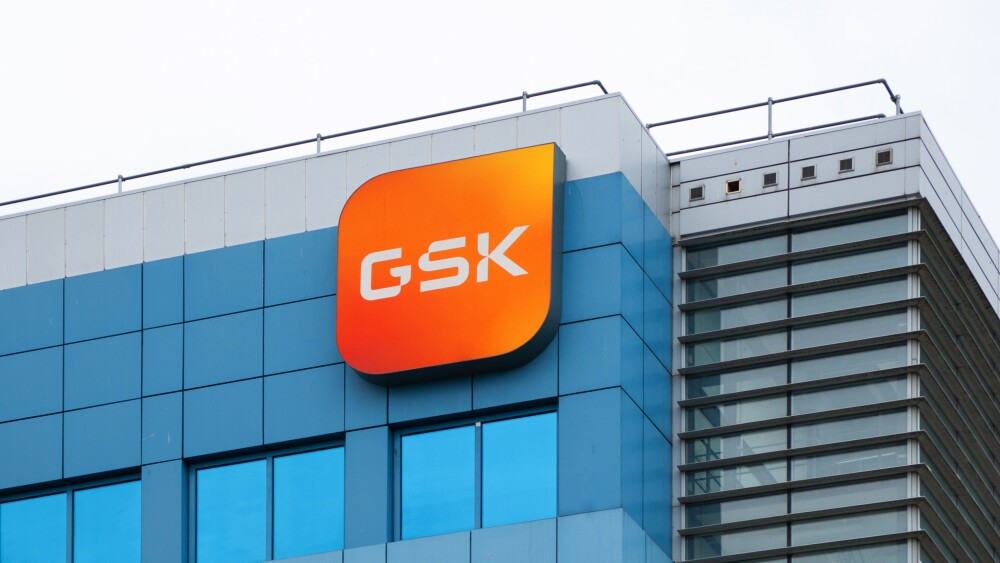Johnson & Johnson on Tuesday released Phase II/III results showing its monoclonal antibody Tremfya is better than its blockbuster Stelara in terms of endoscopic outcomes in Crohn’s disease.
Johnson & Johnson on Tuesday unveiled early Phase II/III data from its GALAXI 2 and GLAXI 3 studies, showing that its IL-23 blocker Tremfya (guselkumab) outperformed its blockbuster antibody Stelara (ustekinumab) in the treatment of moderately to severely active Crohn’s disease.
At 48 weeks, both doses of Tremfya resulted in significantly better endoscopic outcomes than Stelara. The lower 100-mg dose given every eight weeks induced a 47.9% endoscopic response rate versus 37.1% for Stelara. Endoscopic remission was 33.2% following Tremfya treatment, compared to 24.7% in the Stelara group.
Deep remission, defined as a composite between clinical and endoscopic remission, was also significantly better in Tremfya-treated patients than in Stelara controls, with respective rates of 29.7% and 22.3%.
Endoscopic outcomes were even better when Tremfya was given at a higher dose level of 200 mg, administered once every four weeks, resulting in an endoscopic response rate of 52.7%. Endoscopic and deep remission rates were 37.2% and 33.8%, respectively.
However, based on clinical remission alone—which takes into consideration patients’ scores on the Crohn’s Disease Activity Index—Tremfya showed no significant advantage over Stelara.
Remo Panaccione, lead study investigator and professor of medicine at the University of Calgary, called the results “promising” in a statement. GALAXI’s findings underscore the potential of Tremfya to be “a future-first advanced therapy or after failure of other advanced therapies, that may deliver the lasting remission patients deserve to relieve the burden of disease,” he said.
Panaccione is a paid consultant for J&J.
Tuesday’s GALAXI readout comes as J&J faces biosimilar competition for Stelara. The blockbuster therapy lost one of kits key patents in September 2023, which contributed to its stagnant sales in the first quarter of 2024. Stelara brought in $2.45 billion in the quarter, compared to $2.44 billion during the same period the year prior.
In an effort to keep its grip on the market, J&J has been striking a series of deals to fend off biosimilar competition. Last month, Teva and Alvotech won the FDA’s approval for their copycat Selarsdi (astekinumab-aekn) but will not be able to launch the product earlier than Feb. 21, 2025, per a June 2023 settlement agreement with J&J.
Alvotech and J&J have also reached a settlement agreement for the Canadian, Japanese and European markets, which sets various 2024 launch dates for the Stelara biosimilar throughout the year. The specific terms of the deal have not been fully disclosed.
Tristan Manalac is an independent science writer based in Metro Manila, Philippines. Reach out to him on LinkedIn or email him at tristan@tristanmanalac.com or tristan.manalac@biospace.com.






